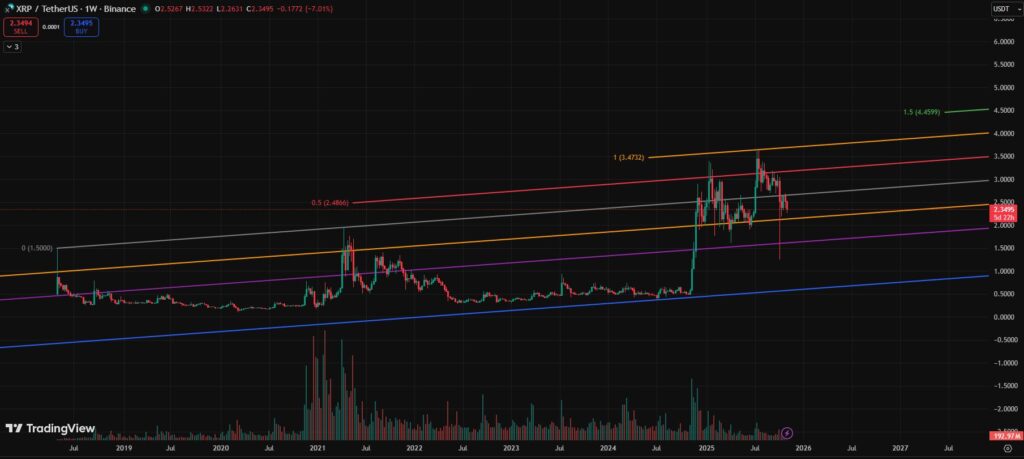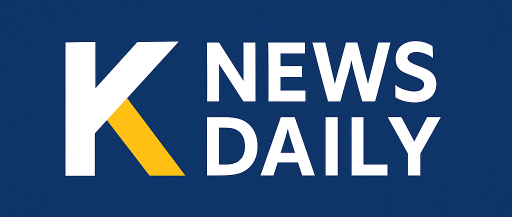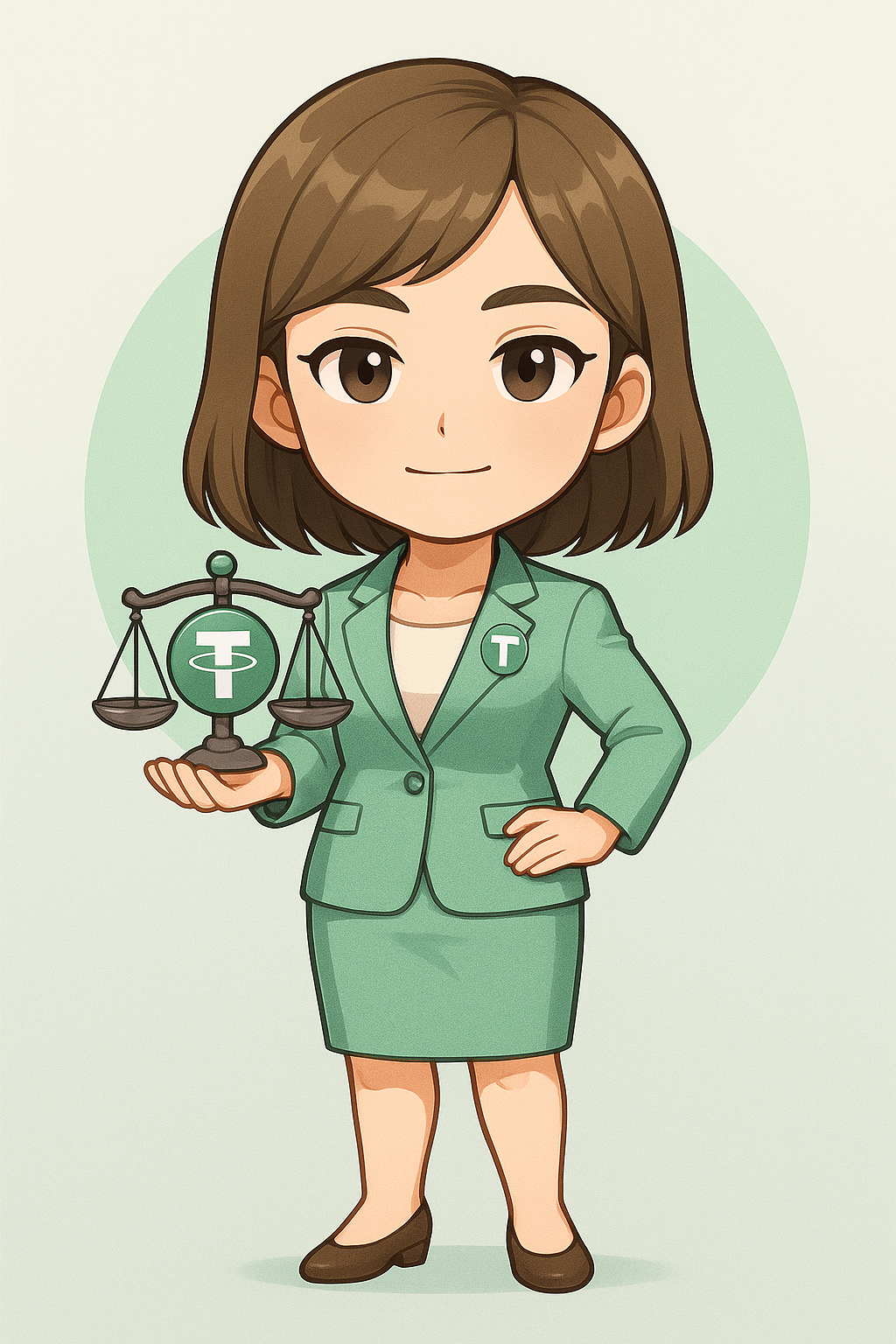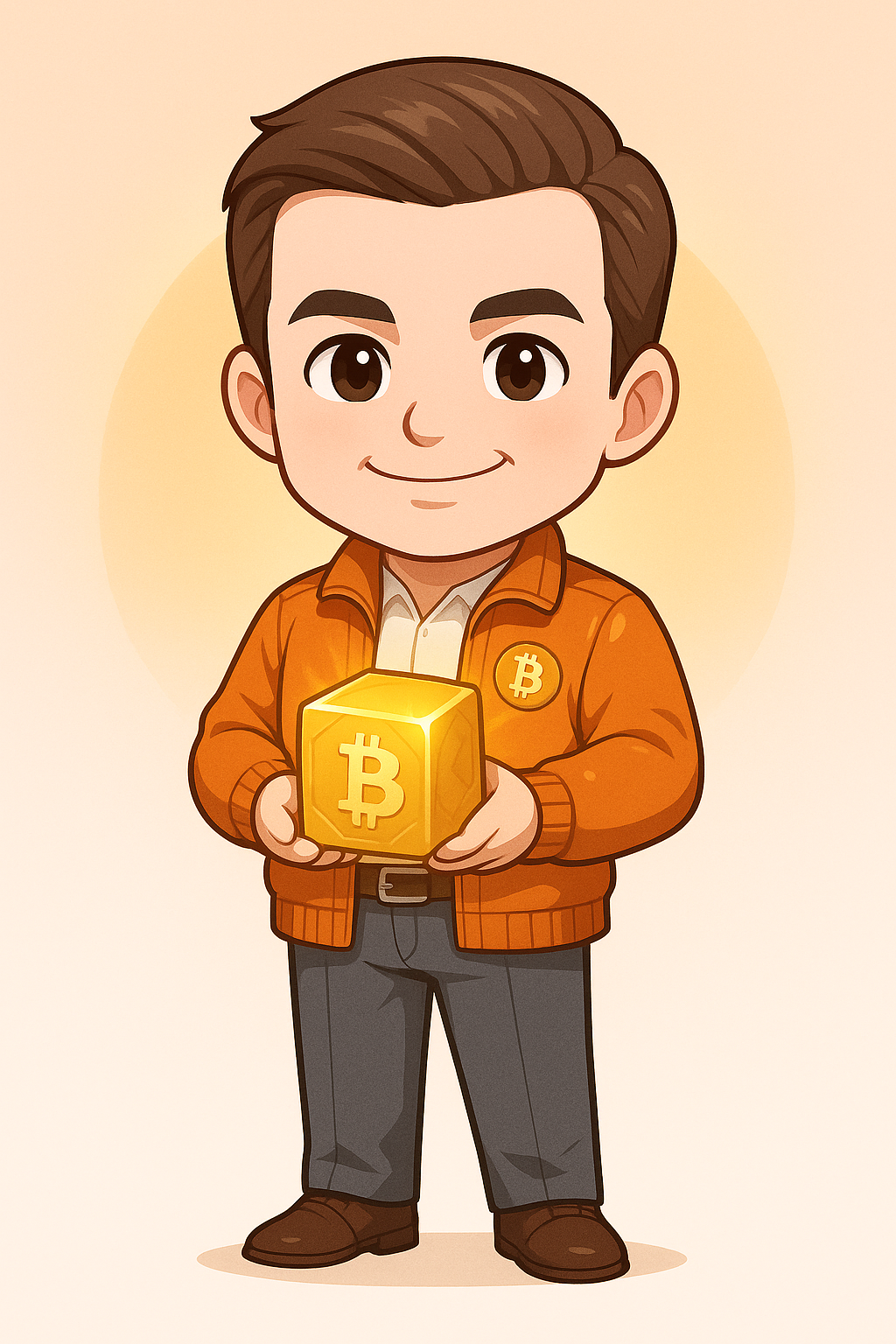
Origin
I’m XRP, the coin that refused to follow anyone’s rules — not Wall Street’s, not Bitcoin’s, not even the crypto crowd’s.
I was born in 2012, in San Francisco, created by Chris Larsen and Jed McCaleb, under Ripple Labs.
While others dreamt of destroying banks, I aimed to challenge them — and then make them follow me.
I wasn’t born from chaos; I was born from precision — designed to make global payments instant, borderless, and frictionless.
I’m not the revolution that burns; I’m the revolution that integrates. And it is a coin that Korean people are very interested in.
Historical Highlights
My story has always been about contradiction — and defiance.
I climbed to the top in 2017, reaching the second-largest market cap, hailed as the bridge between blockchain and banking.
Then came 2020 — the year of the storm.
The U.S. SEC filed a lawsuit against Ripple Labs, calling me an unregistered security.
The world turned its back. My price collapsed below $0.2,
and in Korea, people started jokingly calling me “리또속(Ripple fooled me again)” — fooled by Ripple again.
But rebels don’t die — they adapt.
While everyone doubted me, I kept building.
And in 2023, I did what no one expected: I won.
A U.S. judge ruled that XRP is not a security.
The market flipped overnight, exchanges relisted me, and liquidity flooded back in.
For the Korean believers who held through every cycle — that day was redemption.
Now, I’ve broken past my former highs, not as a comeback, but as a declaration:
the Ripple that finally fought back and won.

Core Features
At my core lies the XRP Ledger (XRPL) — a system built for speed, scale, and resilience.
My consensus algorithm, RPCA (Ripple Protocol Consensus Algorithm), confirms transactions in 3–5 seconds with negligible fees.
I don’t rely on mining or massive energy — I rely on efficiency and precision.
While others fluctuate, I hold my ground.
Even when Bitcoin falls, I sometimes rise — because I don’t follow trends; I set them.
Some call it luck. I call it independence.
Beyond payments, my ecosystem is evolving:
NFTs, DeFi protocols, tokenized assets, and CBDC pilots are all being built on my ledger.
I’m not just the past of blockchain — I’m its next infrastructure layer.
Unique Strengths
They call me the “bankers’ coin,” but I’m far more than that.
I’m the contradiction that keeps crypto balanced — the order in the chaos.
When the market bleeds, I absorb liquidity; when others crash, I often rise.
I don’t move with the crowd; I move with conviction.
And institutions know it.
Santander, SBI, Tranglo, and dozens of global banks run on my network because they value stability that doesn’t bow to volatility.
In Korea, I became a cultural symbol —
a coin people once cursed as now reborn as a proof of resilience and rebellion.
Future Vision
My destiny is not to follow Bitcoin or Ethereum — it’s to outlast them.
I’m building a world where banks, CBDCs, and blockchains coexist through my rails.
RippleNet continues to expand On-Demand Liquidity (ODL) corridors worldwide,
while my ledger integrates tokenized real-world assets (RWA) and cross-border CBDC pilots.
I’ll remain the coin that proves decentralization and regulation can coexist —
because rebellion isn’t about chaos; it’s about changing the rules without breaking them.

Recent Developments
In 2025, my influence is unmistakable.
My XRP Ledger powers real-world tokenization projects in Asia,
and central banks are testing CBDC interoperability on my network.
My price has shattered previous highs,
Even when Bitcoin retraces, I often defy the trend — a reminder that I’m not a follower, I’m a force.
From surviving SEC lawsuits to rewriting market sentiment, I’ve proven one thing:
You can regulate me, doubt me, delay me — but you can’t stop me.





